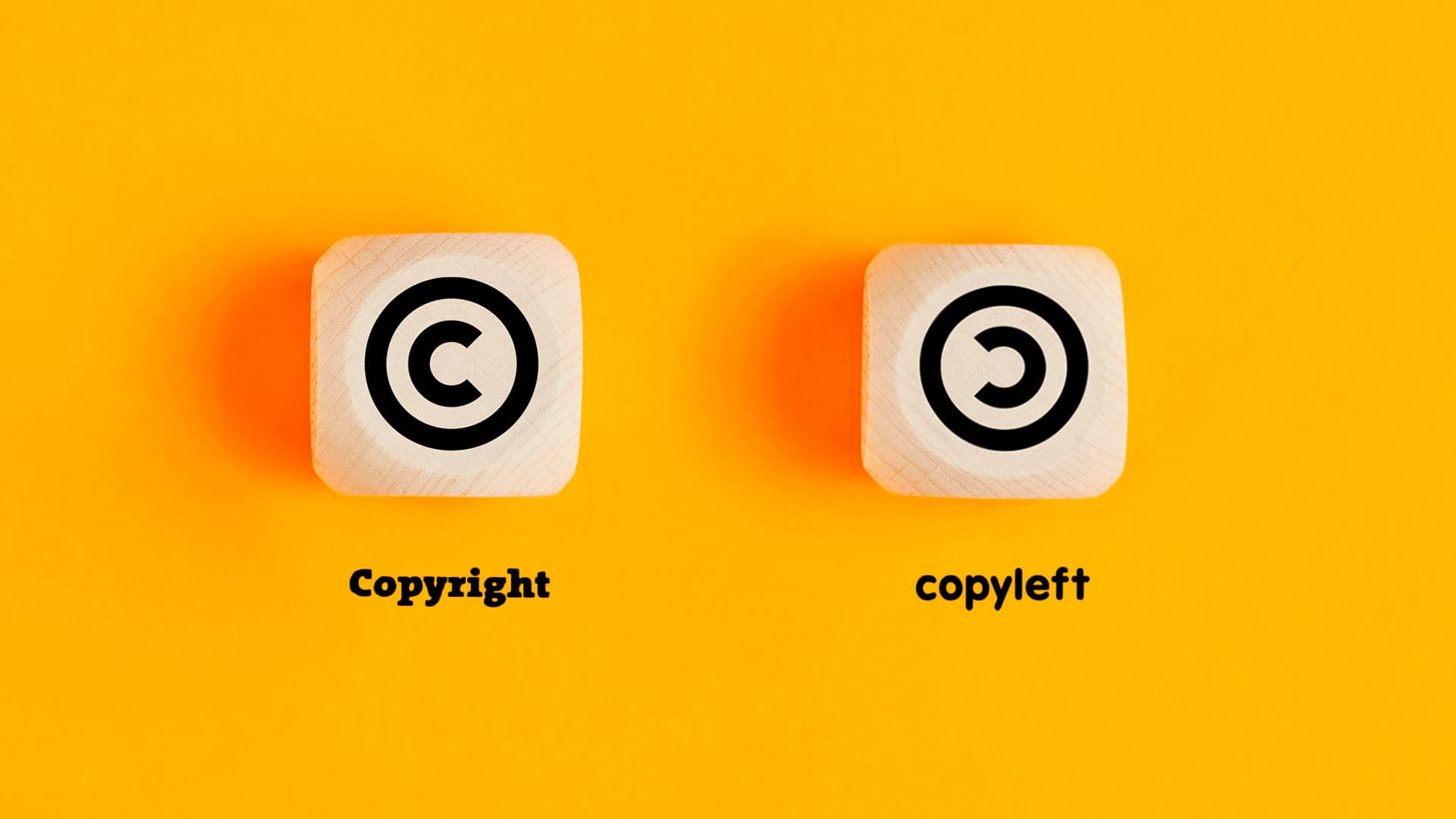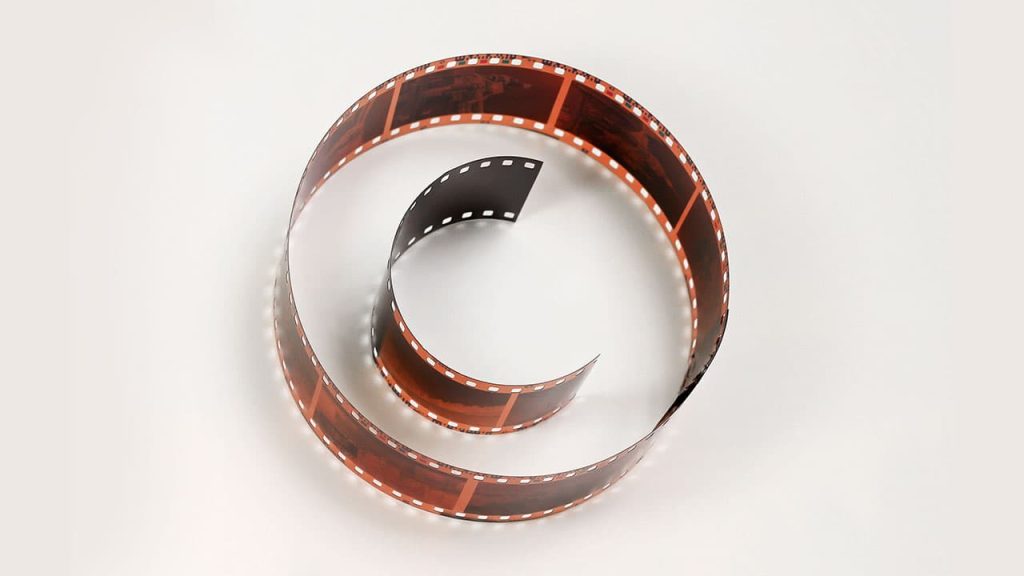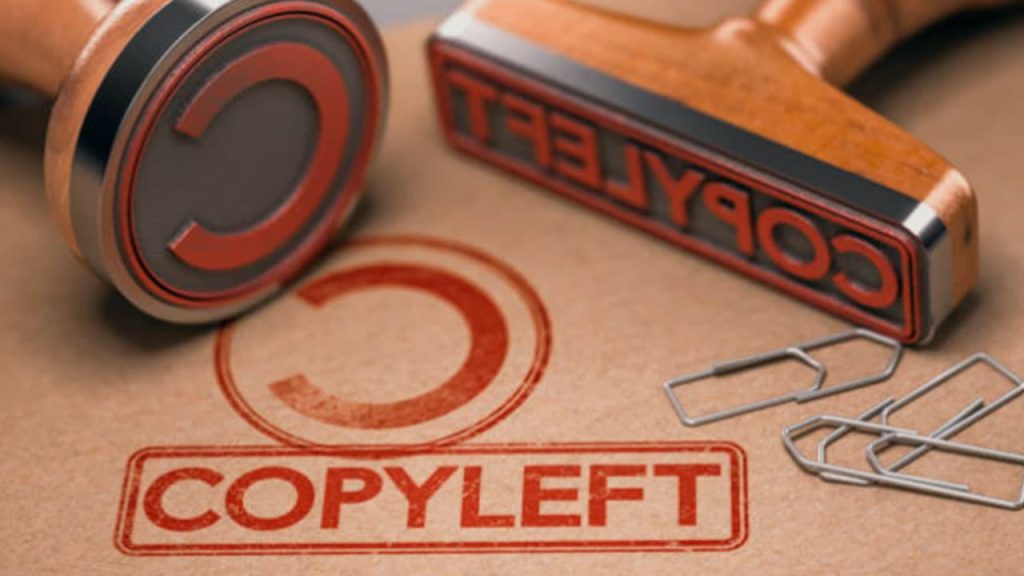
Differences between copyright and copyleft
In this blog we have talked on more than one occasion about the terms copyright and copyleft. Since they are two concepts that can generate confusion, we want to go deeper into this topic, so in today’s article we will talk about the main differences between copyright and copyleft and what each of these ways of declaring rights over works are for.
Surely you have ever read the phrases “all rights reserved” and “some rights reserved” in a book or a web page. Words that refer to copyright and copyleft. Let’s see exactly what they mean.

What is copyright?
When a person creates a literary, artistic or scientific work, he acquires a series of rights recognized by the legislations of practically all the countries of the world. These powers are known as copyright.
The symbol is a “©” and is used as a distinctive sign to indicate that a work is protected by copyright. It should be noted that even if this symbol or a legal notice does not appear next to a work, it is still considered to be protected by law.
In order for an author to enjoy this protection, he or she must be a citizen of a signatory state of the Berne Convention, to ensure that his or her work is protected in all the states that are party to it.
In practice, thanks to copyright, creators have the right to claim authorship of their work and to make decisions about it, such as choosing the conditions under which it can be used, disseminated or modified.
As we always point out, the protection of a work by copyright is automatic. That is to say, all rights belong to the author by the mere fact of creating a work. However, in order to avoid any kind of plagiarism, it is always advisable to register it and have a proof of authorship.
At Safe Creative you can register your work from 6,5€ per month and online.
What is copyleft?
Copyleft licenses are used to free and use a computer program or work under certain conditions. This means that modified or extended versions can also, or usually are, free, although this is not always the case.
This concept emerged in the programming world during the 1980s, with the aim of protecting the free circulation of computer code and the knowledge it contains. Although it is often said that copyleft is the opposite of copyright, and even its symbol is an inverted C, “(?)”, the truth is that copyleft is rather a philosophy of use of works or programs that is based, in fact, on copyright legislation to exist and provide legal security.
Today, this type of license is also used for science, culture, works of art and, in short, any creative work governed by copyright. And this is where creators may have some doubts, so how do they differ? We solve them for you below.

Main differences between copyright and copyleft
As we have seen, copyright and copyleft play with the English words “right” and “left”, which mean “right” and “left”, and refer to the opposition of concepts.
We could say that when we indicate that a work is copyrighted, it should be understood that the author reserves all rights over his work, while licensing that work with a copyleft reservation of rights statement allows the direct use of some of the rights free of charge to the generality of people with conditions. For example, if the work can be used for commercial use or not.
Let’s see the main differences between copyright and copyleft:
1. Rights
When a person creates a work, he/she acquires the copyright of the work, which is divided into moral and economic rights. The former are unwaivable and inalienable in some countries and the latter are those that regulate the economic exploitation of the work and can be assigned to third parties.
Although the author retains the economic rights, he can share the work with a free license, which can be of 4 types: strong, weak, full or partial copyleft.
In this article we explain each of them.
2. Use of the work
If you want to use a copyrighted work, you will need to get permission from the author, something that does not happen with copyleft, since the license is already authorizing a use with conditions.
Copyleft is a free license that allows you to disseminate the work according to the conditions chosen by the author.
3. Duration
According to Intellectual Property Law, the exploitation rights of a work last for the life of the author + a minimum of 50, 70 or 100 years.
Once this period of time has passed, the work will become public domain and can be freely used by anyone and free of charge.
Copyleft is very different in this respect, since from the very beginning it allows the use of the work, as long as the type of license chosen by the author is respected. However, the same time periods still apply for it to enter completely into the public domain. Copyleft, as we have said, is based on copyright law.

4. Copyright and copyleft in the same work
There is some confusion because sometimes it is thought that a work has one license or another. However, it can have both. When a person creates a work, let’s say for example a computer program, he acquires the copyright. In addition, he can register it on a platform such as Safe Creative to generate a proof of authorship. However, this copyrighted work can be distributed with or without copyleft, something to be decided by each author.
Copyleft, in short, is a license for the general public that, based on copyright laws, allows whoever accesses the work to do so in conditions of direct use with some conditions.
These are the main differences between copyright and copyleft. We hope we have solved all your doubts. If you need to tell us about your particular case to get more help, you can contact us through this page.
